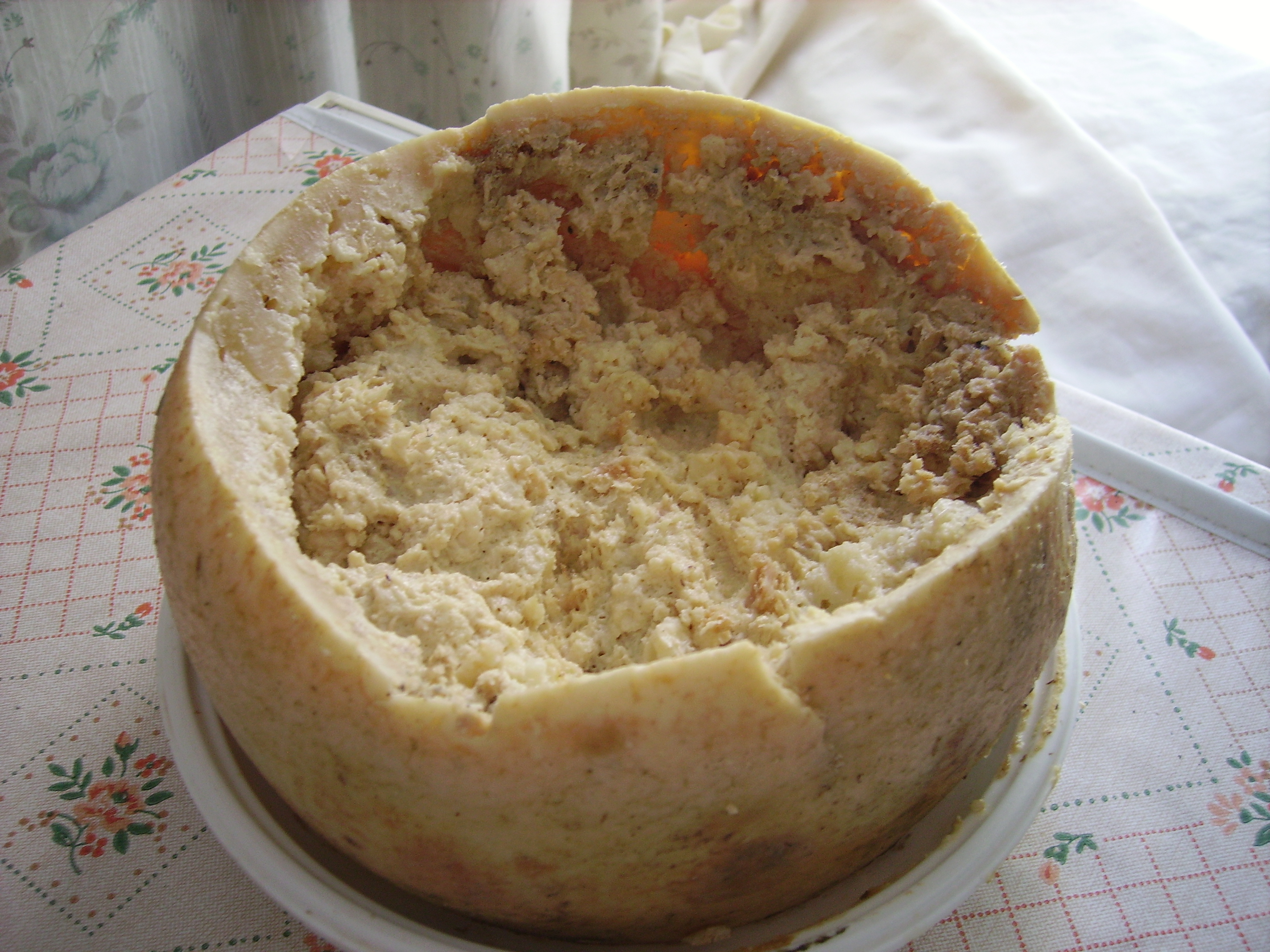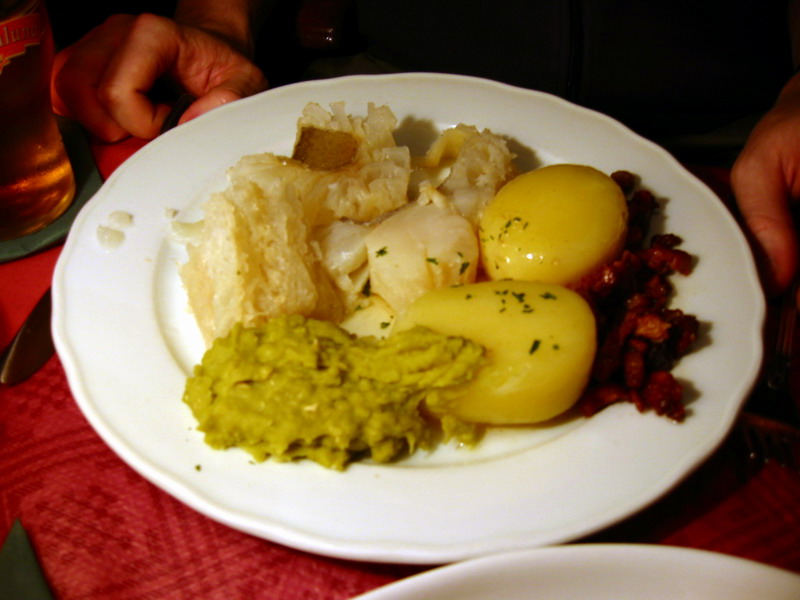10 Unusual Foods and How They’re Made: A Culinary Journey Around the World
In the vibrant tapestry of global cuisine, some dishes stand out for their unique ingredients, preparation methods, and cultural significance. From pungent fermented delicacies to insect-based gourmet treats, these unusual foods offer a glimpse into the creativity and traditions of different cultures. Join us as we uncover 10 bizarre yet fascinating foods from around the world and explore how they are made.
1. Casu Marzu – Sardinia’s Maggot Cheese

Where: Sardinia, Italy
How It’s Made: Casu Marzu, or “rotten cheese,” begins as Pecorino cheese. Cheese fly larvae are intentionally introduced into the cheese, where they consume the fats and break down its structure. This process creates a creamy texture and a strong, pungent flavor. Traditionally, the cheese is eaten with live larvae still wriggling inside, making it a delicacy for the bold.
2. Hákarl – Iceland’s Fermented Shark

Where: Iceland
How It’s Made: Hákarl is made from Greenland shark, which is toxic when fresh. To make it edible, the shark meat is buried in gravel or sand and allowed to ferment for several months. Afterward, it is hung to dry, resulting in a chewy texture and ammonia-rich smell. Traditionally, it’s eaten in small cubes with a shot of Brennivín (Icelandic schnapps).
3. Balut – The Filipino Fertilized Duck Egg

Where: Philippines
How It’s Made: Balut begins as a fertilized duck egg, incubated for 14–21 days until the embryo develops. The egg is then boiled and eaten directly from the shell, often seasoned with salt, vinegar, or chili. The embryo provides a mix of textures, from the savory broth to the tender duckling inside.
4. Surströmming – Sweden’s Fermented Herring

Where: Sweden
How It’s Made: Fresh Baltic herring is salted and fermented in barrels for months, allowing lactic acid bacteria to break down the fish. The result is a notoriously pungent delicacy with an overwhelming odor. It is traditionally served outdoors with flatbread, potatoes, and onions to balance the strong flavors.
5. Escamoles – Mexico’s Ant Caviar

Where: Mexico
How It’s Made: Escamoles are the larvae of ants harvested from the roots of agave plants. Known as “Mexican caviar,” the larvae are carefully collected without damaging the colonies. They are then sautéed with butter, garlic, and spices or served in tacos. The result is a buttery, nutty flavor prized in Mexican cuisine.
6. Fugu – Japan’s Deadly Delicacy

Where: Japan
How It’s Made: Fugu, or pufferfish, contains a potent neurotoxin that can be fatal if prepared incorrectly. Licensed chefs undergo rigorous training to expertly remove the toxic parts while retaining the fish’s delicate meat. Served as sashimi or hot pot, fugu offers a subtle flavor and a thrill for daring diners.
7. Bird’s Nest Soup – China’s Delicate Elixir

Where: China
How It’s Made: This luxurious dish is made from the nests of swiftlets, small birds that build their nests using hardened saliva. The nests are carefully harvested, cleaned, and simmered in water to create a gelatinous, nutrient-rich soup. Traditionally, it is believed to have health benefits, including boosting the immune system and improving skin.
8. Mopane Worms – Africa’s Crunchy Snack

Where: Southern Africa
How It’s Made: Mopane worms are caterpillars harvested from the mopane tree. After collection, they are gutted, sun-dried, or smoked to preserve them. Often rehydrated and cooked with spices, tomatoes, and onions, they are a protein-rich snack enjoyed in many African communities.
9. Sannakji – Korea’s Live Octopus

Where: South Korea
How It’s Made: Sannakji is made by chopping a live octopus into small pieces, which are served immediately while the tentacles are still wriggling. The suction cups remain active, providing a chewy and slightly dangerous eating experience. Diners are advised to chew thoroughly to avoid choking.
10. Lutefisk – Scandinavia’s Lye-Cured Fish

Where: Norway and Sweden
How It’s Made: Lutefisk starts as dried whitefish (usually cod), which is soaked in water and lye to rehydrate it. The fish takes on a gelatinous texture during this process. To make it edible, the fish is thoroughly rinsed and boiled, then served with butter, cream sauce, or mustard to balance its unique consistency.
From maggot-infested cheese to wriggling octopus, these unusual foods reflect the diversity, creativity, and resourcefulness of global cuisines. Each dish carries a story of culture, history, and innovation, challenging our palates while opening windows to different ways of life. Whether you’re an adventurous eater or a curious observer, these foods remind us that the world of gastronomy is vast, surprising, and endlessly fascinating.
Which of these would you dare to try?







